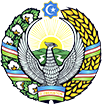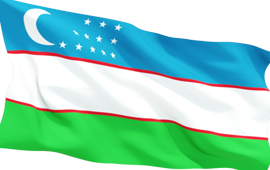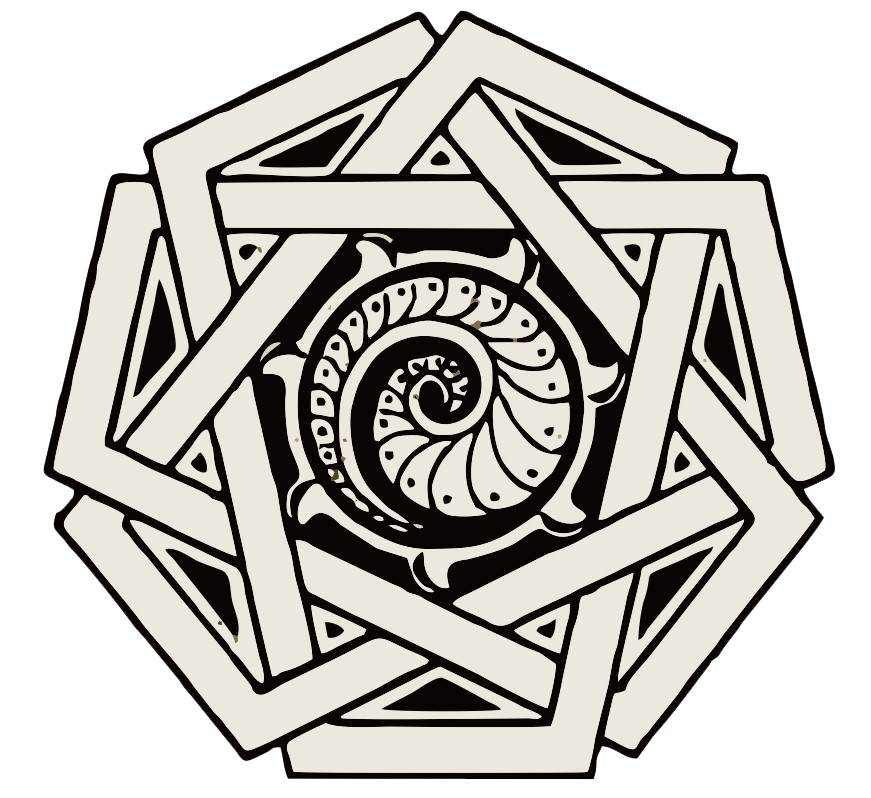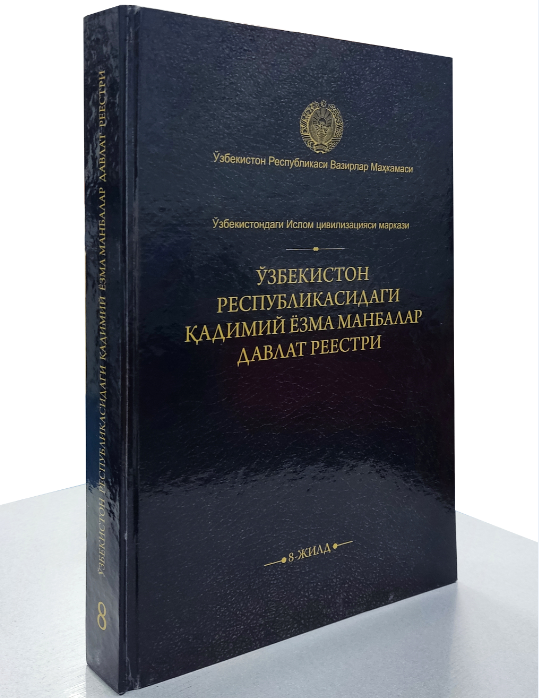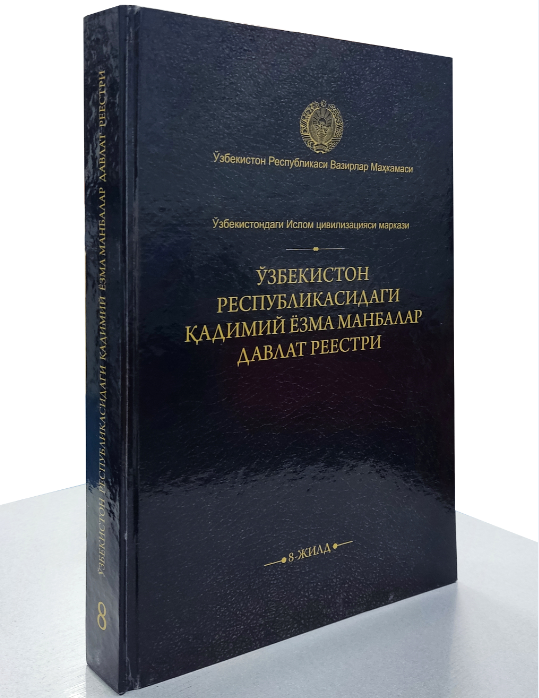«Bridesmaid» (wedding dress) that brides wore at the wedding woven by local artisans or in Kokand, Bukhara, as well as high-grade red, tulip-colored silk fabrics brought by traders from Iran and India. The waist-length trousers, unlike those in other regions, were broadly shaped and sewn from light red, patterned, cotton chit, gray, woven mainly by local artisans. The girls wore brightly embroidered accessories for celebrations and events, from red silk to the hem of the skirt, decorated with floral bows. Women’s outerwear, which extended to the side of the skirt, was compact, «misak», «sieve ceremonial» dresses which were worn to go to the party, or the guest. These garments were mainly designed to be worn in cold weather, adding cotton between the lining and the base fabric and sewn in a special way with small stitches. «Misak» and «sieves» were mainly made of red and green striped semi-silk «alacha» fabric with light green cotton fabric on the lining.The bark method used in the production of Khorezmian clothes was radically different from the methods available in other regions of Uzbekistan. In this method, the spacing of the fabric rows was sewn as a very fine and neatly, at 0.5–1 cm.The sides, skirts and tops of the tops of the underwearings were cross-cut from semi-silk fabric, framed by farewell fringes woven from adip or red silk. In the side cut, the edges of the seams were sewn with red, yellow and white threads. Such ribbons were also widely
